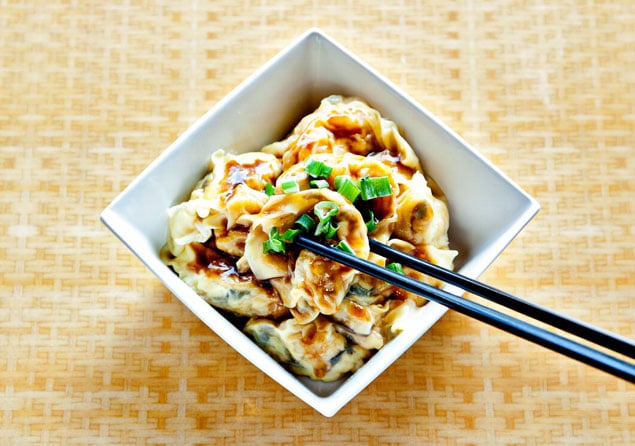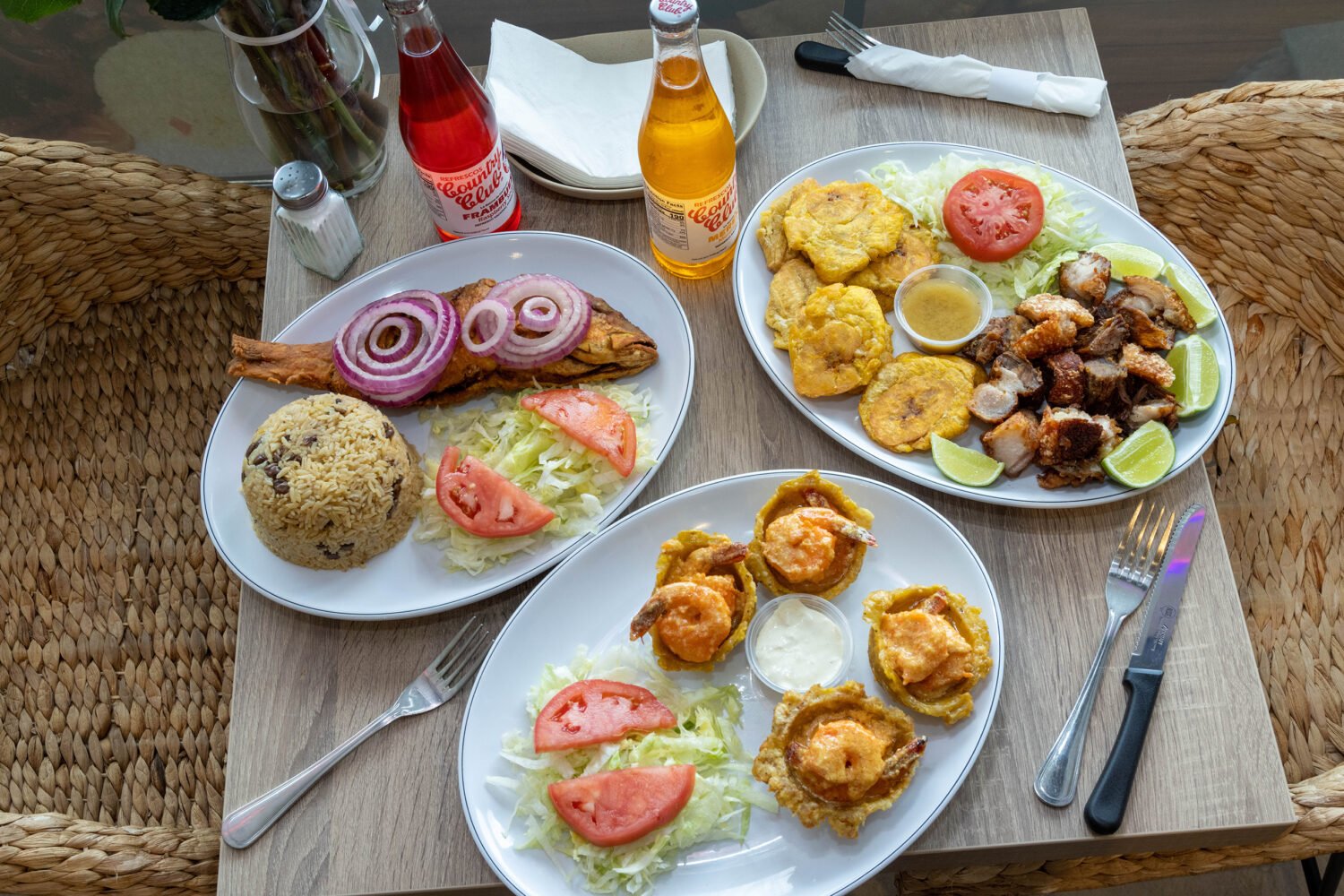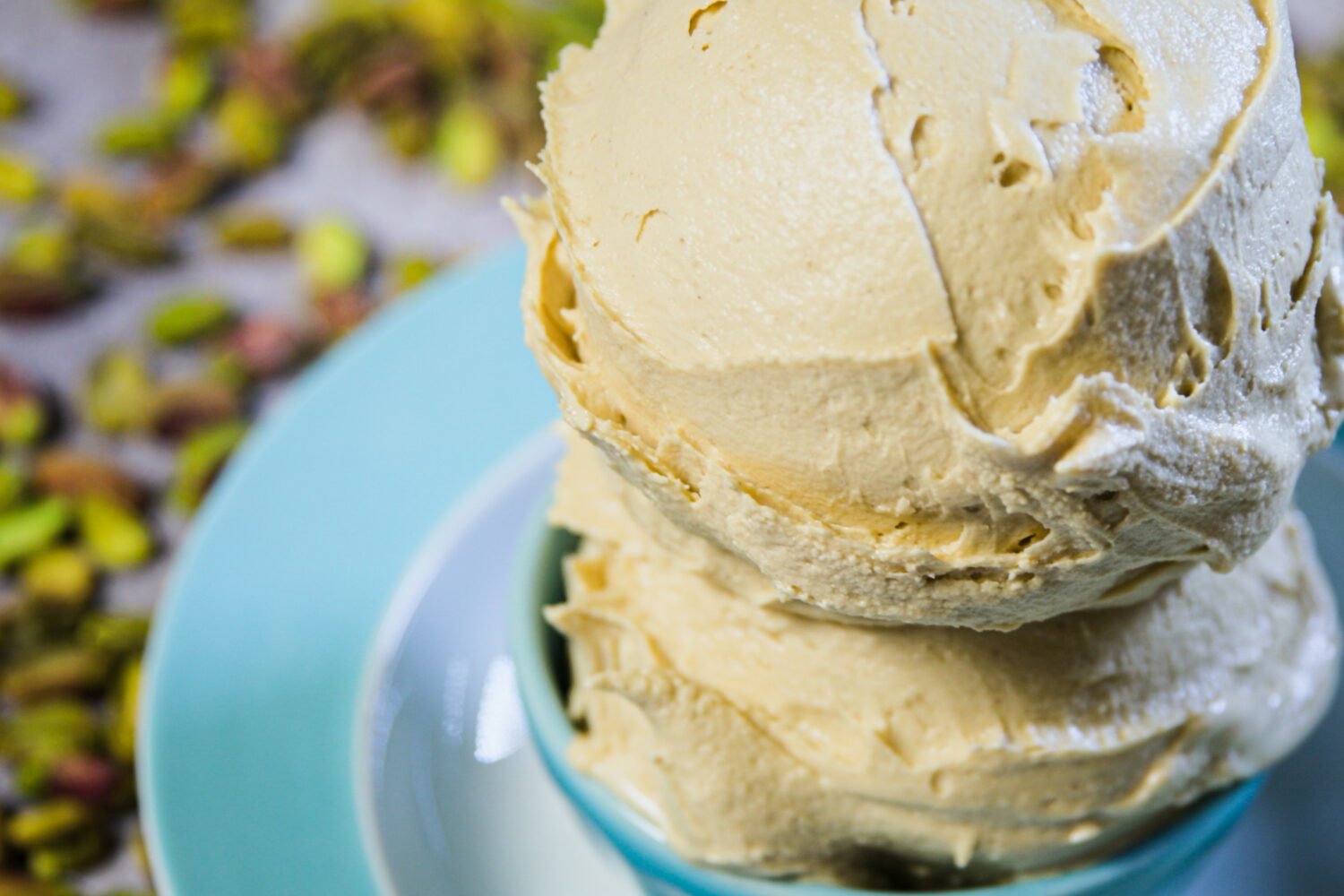Slideshow: Inside East Pearl
The quality and variety of Chinese restaurants in northern
Rockville are such that it’s probably reckless to pronounce a best,
particularly when that best has been open only a few months—barely enough
time for the woks to become seasoned, much less to develop an
identity.
But I’m sorely tempted to. East Pearl, which opened in February
on a traffic-jammed stretch of Rockville Pike, immediately added to the
choke, drawing more customers by the week and giving rise to a nightly
scene of frustrated drivers honking and circling the overloaded strip-mall
lot in search of a place to park.
Inside—after popping a shrimp dumpling into my mouth, its
perfect pleats of noodle encasing shrimp and tree mushrooms, then slurping
the rich, consommé-like broth it floated in—I understood what the
excitement was about. Next came a plate of soy-glazed roast chicken whose
sweetness and succulence surpassed that of most of the barbecue I’ve
enjoyed in this area.
Last was a bowl of seafood congee, a complex concoction that
called to mind the rustic elegance of a great bowl of stone-ground grits,
its pulverized bits of rice clinging to diced poached shrimp and slivers
of ginger. Most tasting menus would kill for a three-dish sequence that
good.
East Pearl is the vision of Sue Li, previously owner of
Wheaton’s China Chef, the kind of Chinese restaurant that many of us
unfortunately have come to associate with the cuisine—faded dining room,
satisfactory but unexciting cooking, a relic of an age when frozen
vegetables in the stir-fry were permissible and a good beef-and-broccoli
qualified as exotica.
Li sold China Chef in 2006 so she could devote more time to her
aging mother and young children. Returning to the scene earlier this year,
she told me in a phone interview, she was determined to aim higher, to try
something more ambitious, more beautiful. She’s succeeded.
With its industrial ceiling and hard surfaces (it’s loud even
at lunchtime), tiny modern chandeliers, and designer Dutch flatware (a sly
joke, that the china should come from Holland), the space has the bright,
clean openness of a coffeehouse, except perhaps for the hanging duck
carcasses near the kitchen.
It’s in the back of the house, though, that her ambitions are
most evident. Nominally the influence is Hong Kong, whose pastiche cuisine
pulls in influences from Canton, Guangzhou, Japan, Singapore, and the
West. This can be confusing enough for the average diner, but Li has
further complicated things by adding a number of Szechuan dishes to the
menu, including a punchless mapo tofu and a handful of classics
from the Sino-American canon.
As with all hybrids, it’s often easier to say what Hong Kong
cuisine is not than what it is. It’s not, for instance, the
exclamation-point assault of Szechuan, all spice and smoke and oil, with
in-your-face intensity. In many ways, it’s the opposite—a cuisine that
revels not in the bold stroke but in the subtle effect, in the delicate
interplay of texture, the unity that comes from the deft integration of
flavors into a whole.
Its elegance and emphasis on harmony and balance suggest a
cuisine ideally suited to banquets, but it’s also a cuisine of the street,
where its simplicity and directness are embraced by the city’s typically
harried professionals. To her credit, Li has built her restaurant around
this dual identity. There are two kitchens and two sets of cooks—four in
the main kitchen and two in the smaller one devoted to the quick, casual
dishes that pack patrons into the food stalls and dash-and-dine cafes
along the streets of Hong Kong.
In effect, East Pearl is two restaurants under the same roof—a
place to gather around the lazy Susan and linger over artfully presented
platters and a place to chow down on soup, congee, and roast meats. You’ll
eat well either way, but the latter is the sort of experience that
inspires a deep and abiding devotion, offering the sorts of pleasures
typically associated with the world of fine dining—cleanness of execution,
nuances that you pick up on after the eighth or ninth bite, flavors that
come at you in waves.
I wouldn’t ignore the work of the bigger kitchen, but you’d be
wise to regard the smaller one as your primary supplier—building your meal
around orders of roast meats, shrimp-dumpling soup, and congee—and
accessorize according to appetite and interest.
I’d augment the meal with a vegetable—say, Chinese broccoli
steamed to a perfect tenderness, glossed with oyster sauce, and
interleaved with bacon—along with a noodle dish (a marvelous
Singapore-inspired stir-fry of egg noodles, roast pork, shrimp, green
onions, and jalapeños spiked with yellow curry powder) and a platter of
fish (either fried sea bass with a robust black-bean sauce or delicately
fried whole cod, showstoppingly served with the head curling toward its
tail like Carl Jung’s Ouroboros).
If there’s room, I’d include shrimp with walnuts, a gloriously
strange amalgamation of the influences that make up Hong Kong style. A
staple of the banquet table and the dim sum cart, it makes for an
attractive presentation, even as its defining ingredient, a sweet
mayonnaise sauce dolloped over the deep-fried shrimp, suggests the worst
sort of East/West marriage. But this one is fabulous—stunningly rich, yes,
but also surprisingly light.
The same trick, transforming richness into lightness, is what
makes the longer-cooked dishes—the braises and slow-simmered ones—so
appealing. Get acquainted with the casseroles—complex, low-and-slow
concoctions served in bubbling cauldrons that stop conversation when
they’re borne steaming through the room. I love a version with bone-in
bites of chicken, shiitake mushrooms, and enough garlic to choke a vampire
plus another highlighting the yin/yang perfection of oysters and
ginger.
A dish featuring braised pig skin, mean-while, is a reminder
that offal-obsessed American chefs who typically turn the often-discarded
bits into jerky or crisp them into garnishes are missing a wealth of
possibilities. Here the skin is submerged in a pot of chicken stock and
simmered for hours. The texture is akin to dried bean curd and the rich,
chewy saltiness of the skin seems to yearn for the mild, crunchy
bitterness of turnips.
Good as it was, I ended up taking most of it—and parts of six
other dishes, presented in heaping, family-style servings—home. As I
walked to my car hefting a large paper bag, a line was forming at the
door. In the parking lot, cars were vying for spots. One driver leaned out
the window, shouting instructions to his friends to get a table—and order
the chicken.
“Good idea,” I said, laughing. He was too concerned with the
scrum in the parking lot to bother with pleasantries. He pointed toward my
car: “Are you coming out?”
This article appears in the July 2012 issue of The Washingtonian.













